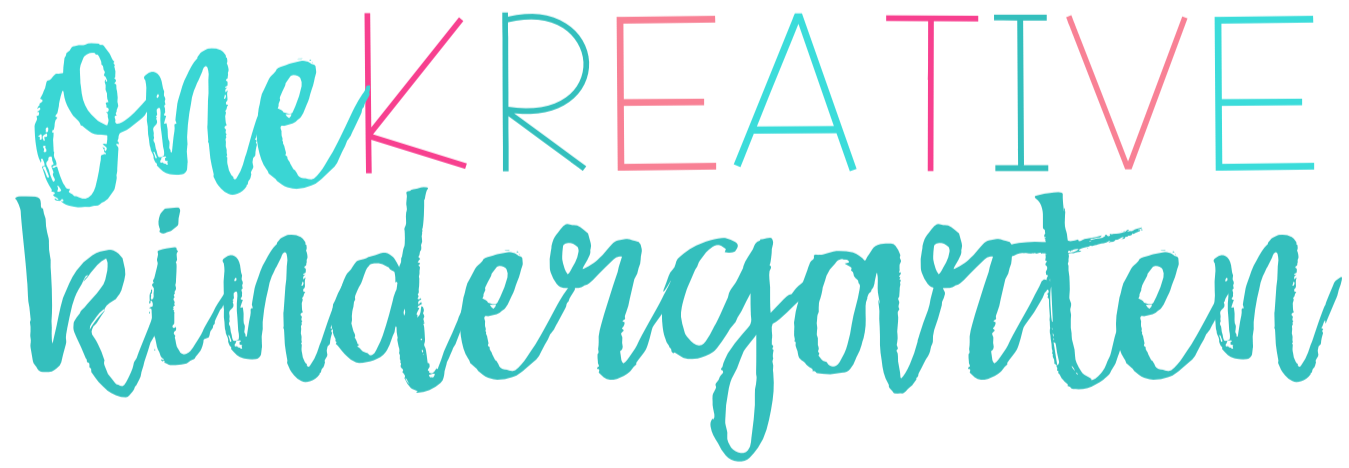Sight words can be very hard to teach. Some words can’t be sounded out, others can be, and a lot of learning sight words is just about memorizing. When I first started teaching, I relied on flash cards to teach sight words. And, although I do still use them for some things, I have found many other more engaging ways to teach sight words! These games use different styles of learning so learning sight words are accessible to all learners.
Sight Word Activities That Aren’t Flash Cards

Whiteboards
Whiteboards are an awesome tool when teaching sight words because you can use them in many ways! Here are my favorite ways to use whiteboards when teaching sight words.
- You (the teacher) writes a sight word on your whiteboard. Students give a thumbs up when they know it. Students say the word all together. When students say the word all together, the students who don’t know the word are hearing it and learning from their classmates.
- Extension: Choose one or two students to use the sight word in a sentence.
- You say a sight word and students write it. This works best when you’re sitting in front of your word wall as students can look to the word wall to find the sight word to write.
- Show students a few words (or sit in front of the word wall) and ask students to write one word or a sentence with the word in it and then share with the group.
Play-doh
Play-Doh always gets my kids super excited and ready to learn. There’s something about it that makes learning feel more like play and less scary. Here are my favorite ways to use Play-Doh.
- Students have flash cards of their sight words for the week and create them using Play-Doh.
- Students look to the word wall to create the sight words you’ve already learned.
- Partners create words and take turns making a sentence with that word.
- Students flatten out the Play-Doh like a pancake and use a toothpick to write the word in the Play-Doh.

Sight Word Run the Room
This is a game I created to get my students and their wiggly bodies moving around the room while we practice our sight words. The game is a version of freeze dance and when the music stops, students go to a sight word that is taped around the room. I pull an equity stick and that student tells the class the word and a sentence with that word in it.
This game has become my students absolute favorite way to practice sight words! They beg me to play it each week with our new words!
Read more about this sight word activity here.
Chasing Rainbows – Created by Literacy with the Littles
This game is super fun and engaging for students! You play by setting out sight word cards that have rainbows on them. The teacher calls out a sight word and students use their unicorn fly swatter to tap the sight word rainbow!
When we played, my students were so engaged and a little rowdy! They couldn’t wait to find the next rainbow for their unicorn!

Sight Word Fluency Strips – Created by A World of Language Learners
This activity is a perfect way for students to practice their sight words as well as their fluency! Included in this resource are many different strips filled with sentences or parts of sentences that include many sight words.
In kindergarten, we talk about trying to read with expression and not read like a robot. My students were able to practice reading with expression while they read sight words we had already learned!
Sight Word Cut and Spell – Created by Sweet in Kindergarten
This activity is created by one of my favorite kindergarten teachers! Students cut out all the letters at the bottom of the work sheet and build the sight words above. What I love most about this activity was that it not only works on sight word recognition, it also helps students with their fine motor and cutting skills. Plus it’s editable so I was able to type in my own sight words that we were working on for the week.

Ways to play with Flash Cards
Although I said above that flash cards were boring, there are some fun ways to use your sight word flash cards. Here’s how!
- Tap What You Know
- Spread sight word flash cards out and have the students tap a sight word they know. Then ask them what that sight word is and have them say a sentence with the word in it.
- Name a sight word and have students find it
- The teacher says a sight word and students look through their sight word flash cards to find the word
- Sight Word Surprise
- Flip sight words over on the table, students grab one and say what it is and say it in a sentence
What are some engaging ways you teach and practice sight words in your classroom?












